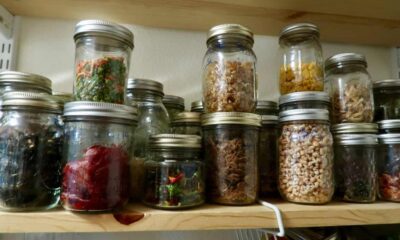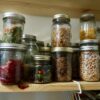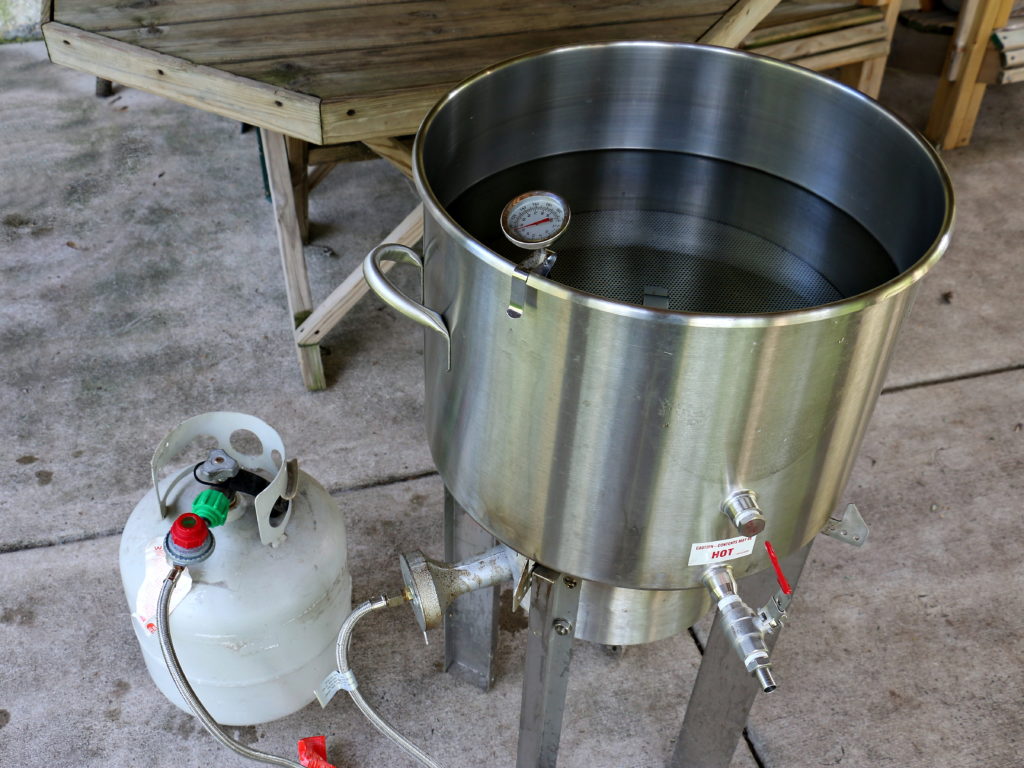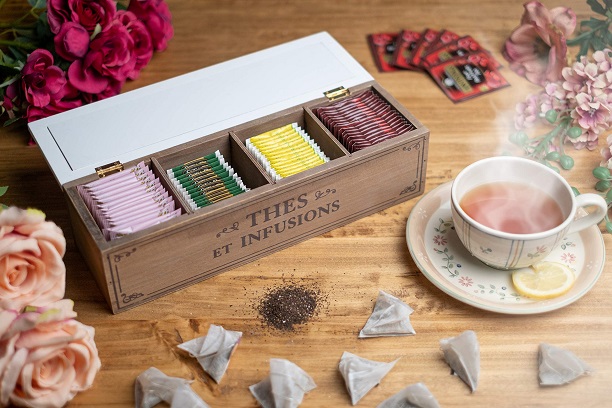Food & Drink
Brewing Bliss: Must-Have Essentials for the Perfect Home Brew
Brewing beer at home is surprisingly straightforward. If you can make mac and cheese from a box, you can brew beer. Imagine enjoying a refreshing cold one that you brewed yourself—it’s an amazing feeling. With the right tools and ingredients, home brewing can be a rewarding and simple hobby. Whether you’re a complete beginner or looking to refine your craft, this guide will help you get started on brewing your own beer.
Tools
Brewing Kettle
The brewing kettle is the heart of your brewing operation. This is where the magic begins, as you’ll boil your wort—a mixture of water, malt, and hops. A good brewing kettle should be reliable and sturdy. With so many options available, it can be tough to choose one. Kettles come in various sizes, shapes, and materials. The most basic type is a simple pot with a lid and a single spigot, which is a good choice for beginners. More advanced kettles include features like internal thermometers, false bottoms, and valves. A quality kettle isn’t just about boiling the wort; it’s about creating the right environment for the brewing process.
Fermenter

source: reddit.com
A fermenter is the place where your wort transforms into beer. After boiling it and cooling it down, you transfer the wort into the fermenter where the yeast gets to work. This process is called fermentation, and it’s when the yeast transforms the sugars in the wort into alcohol and carbon dioxide thus making beer. Fermenters come in various shapes and sizes, from simple plastic ones to sophisticated stainless fermenters.
The plastic fermenters are lightweight, affordable and easy to clean, but the downside is that they can scratch easily, which may harbour bacteria and even impact the taste of the beer. Why use a stainless steel fermenter? Additionally, they may not be as durable as other options, like the stainless steel one. This type of fermenter is a popular choice not just among professional breweries but also the more avid homebrewers. They are incredibly durable, easy to clean and don’t retain odour or stains from previous batches. The non-porous nature of stainless steel means there’s less risk of contamination, which is crucial for producing high-quality beer. Moreover, these fermenters often come with features like built-in thermometers and spigots, making the brewing process more convenient.
Using a stainless fermenter is quite straightforward. It works by creating a controlled environment where yeast converts the sugars. To achieve this the fermentor must maintain an airtight seal and prevent outside contaminants from entering into the container. An airlock is typically used to release carbon dioxide while preventing air from entering. The temperature and time for this process vary depending on the style of beer and the yeast used. After the process is done, the beer is typically left to age in the fermentor for several days or weeks. This allows the flavours to develop and the beer to become more complex. Once it has aged to the desired level, it’s ready to be bottled or kegged.
Sanitiser
Sanitising your equipment is one of the most crucial steps in homebrewing. Any contamination can ruin your beer, giving it off-flavours or causing it to spoil. A good-quality, no-rinse sanitiser will save you time and ensure your equipment is clean and ready for use. It’s essential to sanitise everything that will come into contact with your beer after the boil.
Ingredients
Malt
The malt is the soul of beer, providing the sugars needed for fermentation and contributing to the flavour, colour and body of the brew. Most homebrewers use malt extract, which is a concentrated syrup or powder made from malted barley. It simplifies the brewing process, especially for beginners.
Hops
Hops used in beer making are a flower of a plant called the common hop. These flowers are responsible for the bitterness, flavour and aroma of your beer. They balance the sweetness of the malt and add a range of flavours from floral and citrusy to piney and even spicy. They are added at different stages of the boil to achieve different effects. For example, bitering hopes are added at the beginning of the boil, while flavour and aroma hops are added towards the end.
Yeast
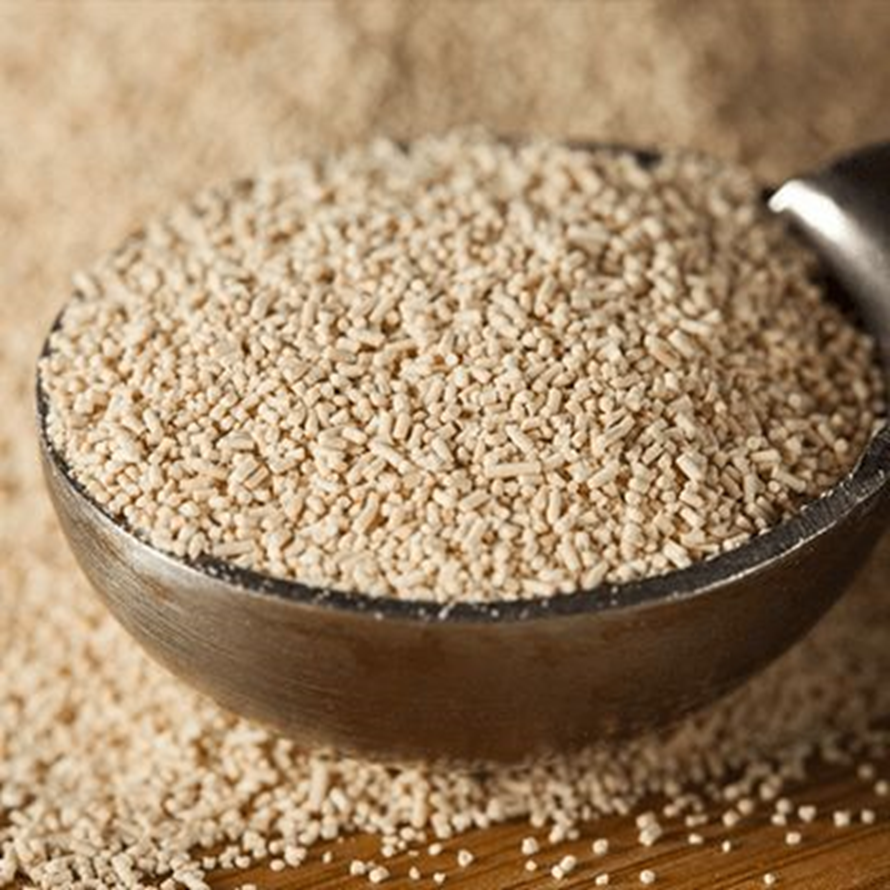
source: pinterest.com.au
The yeast is the ingredient that ferments the sugars in the wort, producing alcohol and carbon dioxide. There are many different stains of yeast, each contributing unique flavours and characteristics to the beer. Ale yeasts ferment at warmer temperatures and produce a wide range of fruity and spicy flavours, while lager ones ferment at cooler temperatures and create cleaner, crisper beers. It’s essential to choose the right yeast for the style of beer you’re brewing. Brewing at home is a fun and rewarding hobby that’s much easier than you think. With the right tools and ingredients you can create delicious, unique beers that you can proudly share with friends and family. So, grab your equipment, choose a recipe and start brewing. Cheers to your first brewed beer!





